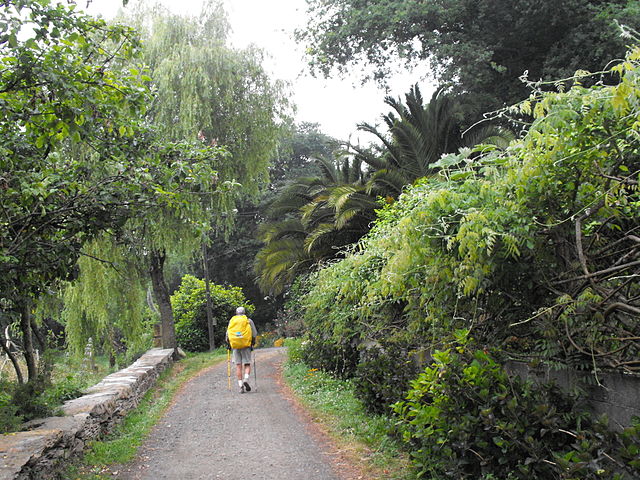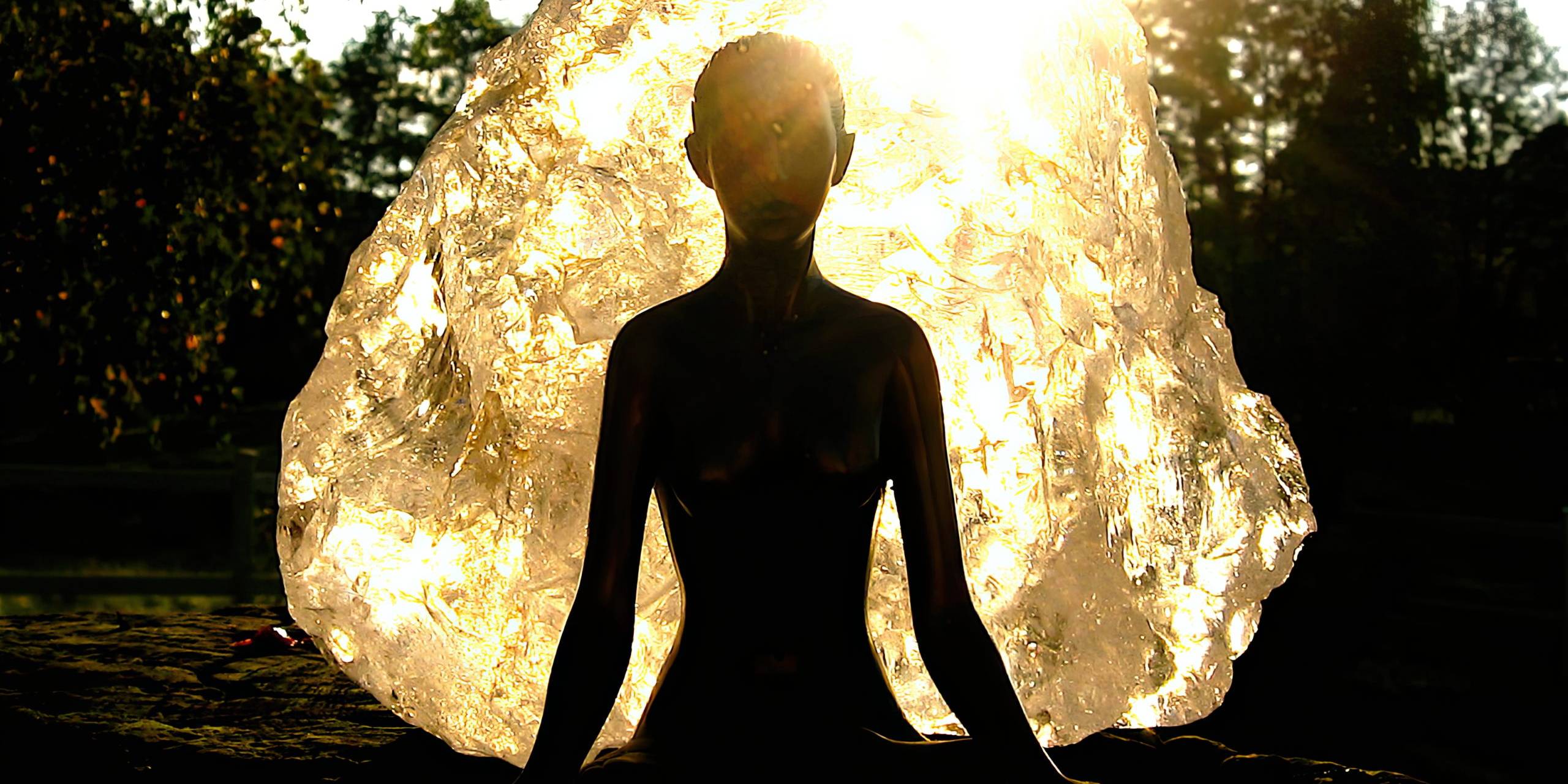When I walked the Camino de Santiago (English: Way of St. James) I had experienced an incident that now emerges and reminds me that we often come to a point when we fall into a pit of distrust, doubt and self-questioning.
It’s funny — the thing I feared would take away my “freedom” is the one thing that has allowed me to have it.
Joelle Steiniger
Today I cannot recall the stage I had walked that day, from what village I had started and to what village I was headed. The names of most of the villages I had walked through are mashed up in the collective blur of my memory and eventually they are of no importance. They formed a beautiful backdrop against which certain experiences and lessons were revealed to me.
This day in question had started very well. But it wasn’t long before I slowed down. It was around km 7 or 8 that I had looked forward to make a stop in the next village. I was looking forward to buy a fresh peach in one of these small convenience stores. And in my mind I was already sipping a cortado – the Spanish equivalent of the Italian espresso macchiato – and having a cigarette in a bar. Today I no longer smoke, and it is strange to draw a picture of myself from days gone by with a cigarette dangling from my mouth.
How great my disappointment was when I realized that there was nothing to indulge in – neither a peach nor a cortado – since the village neither had a convenience store nor a bar in the first place.
To assess the new situation I was facing, I trudged through the village looking for a place to sit.
I felt too tired to continue. Usually I would walk 20 to 30 km a day. It didn’t look like this was going to happen. Not today, I decided.
A knee-high wall lined the cobblestone path that led out of the village. I sat down, unwilling to go any further. But when I looked at the map, I was shocked to see that the next pilgrim hostel was still 10 km away.
I could find no reason to get up. The longer I sat, the more difficult it became to detach myself from the invisible roots I had grown. Why did I start the Camino in the first place? Everything seemed pointless.
After a while, a woman from the village came by. She was wearing slippers and was dressed in one of those typical sleeveless housecoats that Spanish women of advanced age liked to wear.
I could tell by the way she addressed me that she was used to pilgrims.
Are you tired, she asked me.
No, I pretended, just taking a break.
Without warning, she took my hand, opened it, and placed in my hand some gooseberries she had picked from the bushes along the path.
Comé [koˈme, engl. Eat!), she asked me in Spanish.
I looked down at my hand.
Having grown up in Southeast Asia, I vividly remember the experience of my first gooseberries in the West. Even as I grew older and got used to the taste of sour gooseberries, there was still something about them that I disliked.
Reluctantly, I put a gooseberry in my mouth. With the bursting of the firm skin, the whole “sour” experience came alive. I grimaced. The village lady burst out laughing.
Comé, comé (eat, eat), she urged me again, pressing more gooseberries into my hand.
Something had shifted. I ate one after the other. It was as if the sour juice of the gooseberries filled up my empty energy tanks. Gradually, I regained my strength and and thanked her profusely. She didn’t bother to return my thanks but simply sent me on my way again.
As I began to walk at a good pace, I turned to wave goodbye to her. With a smile on her lips, she waved back.
Buen camino, buen camino, she called after me.
You may also like
When our inner child or our child feels helpless
Deep within each of us, there exists an inner child - an…
Can I get my hair wet? – part 2
We should think that we have a right to exercise our…







